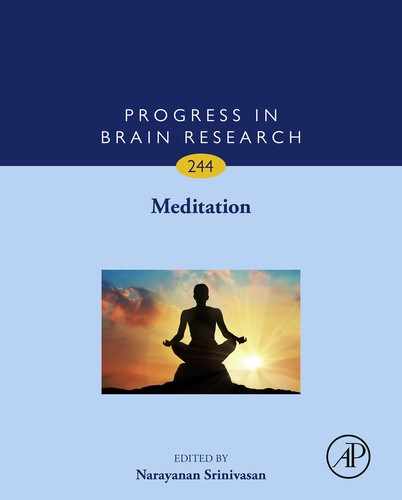Book Description
Meditation, Volume 244, the latest release in the Progress in Brain Research series, highlights new advances in the field with this new volume presenting interesting chapters on The effect of meditation on attentional processes, State-trait influences of Vipassana meditation practice on P3 EEG dynamics, What could teachers learn from the neuroscience of self-experience?, Training Attention for Conscious Non-REM Sleep: The Yogic Technique of Yoga Nidrā and Its Implications for Neuroscience Research, CNV and P3 modulations following sensorimotor training, Analytical meditation: a characterization of a reasoning-based meditation training, Buddhist meditation and the regulation of brain networks, Mindfulness-based Emotional Balance Training in Military Spouse, and more.
- Provides the authority and expertise of leading contributors from an international board of authors
- Presents the latest release in the Progress in Brain Research series
- Updated release includes the latest information on Meditation
